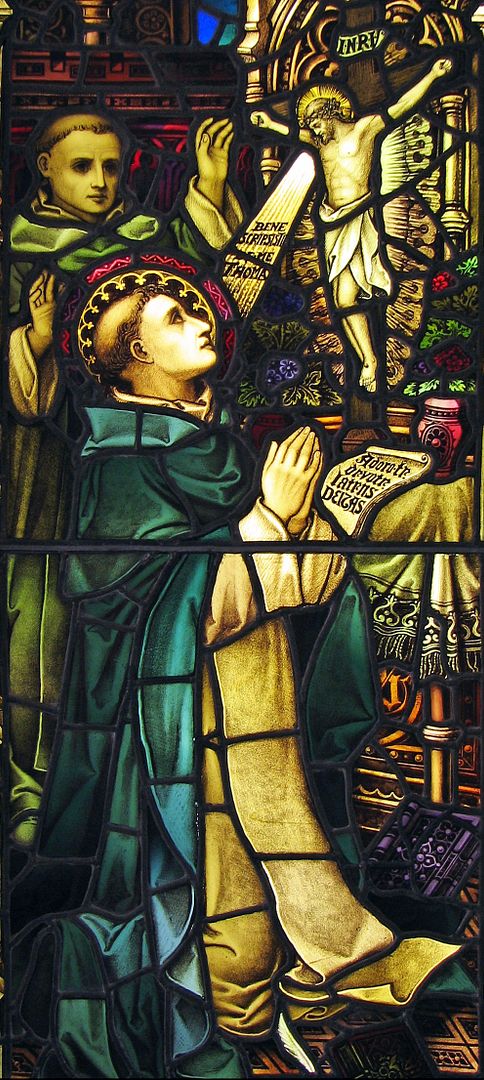 Today, August 18, we celebrate the feast day of Saint Helena of Constantinople (also known as Saint Helen, Eleanor, and Olga, 246-330), mother of Constantine the Great, and finder of the True Cross of Jesus. Despite being elevated to empress of the Roman Empire during her life, she worked tirelessly for the poor, released prisoners, and humbly mingled with the ordinary worshipers in modest attire. Throughout her life, Helena built magnificent churches throughout the Holy Land, spreading the Gospel of Christ, and bringing many to the faith through her witness.
Today, August 18, we celebrate the feast day of Saint Helena of Constantinople (also known as Saint Helen, Eleanor, and Olga, 246-330), mother of Constantine the Great, and finder of the True Cross of Jesus. Despite being elevated to empress of the Roman Empire during her life, she worked tirelessly for the poor, released prisoners, and humbly mingled with the ordinary worshipers in modest attire. Throughout her life, Helena built magnificent churches throughout the Holy Land, spreading the Gospel of Christ, and bringing many to the faith through her witness.Born in Bithynia, the daughter of a humble innkeeper, Helena rose above her humble beginnings after marrying the Roman General Constantius I Chlorus. Following the birth of their son, Constantine, Helena’s husband was elevated to junior emperor and proclaimed Caesar. He promptly divorced Helena and took a new wife. Years later, in 312, Constantine became emperor (renamed Caesar) following a decisive victory in battle during which his father was killed, and his mother, Helena, named empress (renamed Helena Augusta).
Helena converted to Christianity, and through her witness, the emperor made Faith in Christ the official religion of the Roman Empire. As Eusebius wrote, Helena was: "such a devout servant of God, that one might believe her to have been from her very childhood a disciple of the Redeemer of mankind.” Helena spent her days in acts of charity, and built many churches on the holy sites of the faith, oftentimes tearing down pagan temples that had been built on the sites. In the year 325, Helena was moved to undertake a pilgrimage to the Holy Land, as she had been called by God to search out the True Cross on which Jesus had been crucified. Elderly by this time, she undertook the hardships of the journey without complaint.
Upon reaching Golgotha, the holy place where Christ was crucified, Helena had the temple of Aphrodite (built by Emperor Hadrian to defile the place of the Passion) torn down, and the hill excavated. During excavation, three crosses were found buried in the earth—one for each thief crucified beside Jesus, and the True Cross upon which He gave His life for the world. Gazing upon the crosses, Helena was unsure of which might be the wood of salvation. A woman from Jerusalem, who was near certain death from a disease she had contracted, was brought to Golgotha and made to touch each of the crosses. As soon as she approached the Cross of Our Lord, she was cured. The Cross itself was venerated and placed in a magnificent church (Church of the Holy Sepulchre) built by Saint Helen in Jerusalem, although she took a small portion back to Constantinople with her as a blessing. Within fifteen years, Saint Cyril, the bishop of Jerusalem, reported the wide spread distribution of the True Cross as a relic: "The holy wood of the cross gives witness: it is here to be seen in this very day, and through these who take [pieces] from it in faith, it has from here already filled almost the whole world."
Legend also suggests that Saint Helena recovered other relics of Christ, including the tunic He wore prior to the crucifixion, and the nails and rope used to affix Him to the Cross. Some of these relics are on display, even today, in the private chapel of her palace in Rome (now converted to the Basilica of the Holy Cross in Jerusalem), while others are housed at the Staurovouni monastery, which she founded.
Following her miraculous discoveries, Saint Helena resolved to spread the devotion to Christ throughout the region. It was in Palestine, as we learn from Eusebius, that she had resolved to bring to God, the King of kings, the homage and tribute of her devotion. She lavished on that land her bounties and good deeds, she "explored it with remarkable discernment,” and "visited it with the care and solicitude of the emperor himself.” Then, when she "had shown due veneration to the footsteps of the Savior,” she had two churches erected for the worship of God: one was raised in Bethlehem near the Grotto of the Nativity, the other on the Mount of Olives, where Jesus ascended into heaven, near Jerusalem. She also embellished the sacred grotto with rich ornaments. Further churches were raised marking the sites of the Resurrection and Crucifixion.
Saint Helena passed into heaven at the advanced age of eighty. Her body was brought to Constantinople and laid to rest in the imperial vault of the church of the Apostles. It is presumed that her remains were transferred in 849 to the Abbey of Hautvillers, in the French Archdiocese of Reims, as recorded by the monk Altmann in his "Translatio.” Her sarcophagus is on display in the Pio-Clementine Vatican Museum.
 Holy and blessed Saint Helena, with the anguish and devotion with which you sought the Cross of Christ, I plead that you give me God's grace to suffer in patience the labors of this life, so that through them and through your intercession and protection, I will be able to seek and carry the Cross, which God has placed upon me, so that I can serve Him in this life and enjoy His Glory ever after. Amen.
Holy and blessed Saint Helena, with the anguish and devotion with which you sought the Cross of Christ, I plead that you give me God's grace to suffer in patience the labors of this life, so that through them and through your intercession and protection, I will be able to seek and carry the Cross, which God has placed upon me, so that I can serve Him in this life and enjoy His Glory ever after. Amen.Year 2: Day 230 of 365
Prayer Intentions: True faith in Christ.
Requested Intentions: For personal family intentions, for the sick, poor, hungry, and homeless (G); Financial security and peace (J); Grace, peace, and obedience to the will of God in a marriage (H); Successful and blessed marriage for sin, freedom from anxiety for husband, spiritual contentedness for family (N); Employment and health for a husband (B); Recovery and health of a mother (J); For a family to grow closer to the Church, salvation for all children (D); Successful employment (L); Successful employment (S); Renewal of faith life (A); Support for an intended marriage, health for friend and aunt (J); Mental health assistance for son (G); Freedom from illness (S); Successful employment (C); Financial assistance and employment (B); For a family’s intentions (T); Successful examination results (B); Healing of a friend with cancer, for all those who help others (B); Healing and love (L); Grace and healing (V); Healing of a heart, consecration of a marriage (M); Health of a family, intentions of apostolate (H); For repentance (J); For a family in trouble (R); Healing, successful relationships for son, financial success (J); Success of a company (L); For a religious society (J); Healing of a husband, strength as a faithful caregiver (D); Healing of a son (T); Financial security, Healing and guidance (M); Healing of a heart and relationship (V); Employment for daughter (J); For a marriage that glorifies the Lord (K); Resolution of family situation, parents’ health (A); Positive results (C); For a son’s employment, faith, and relationships (S).


















